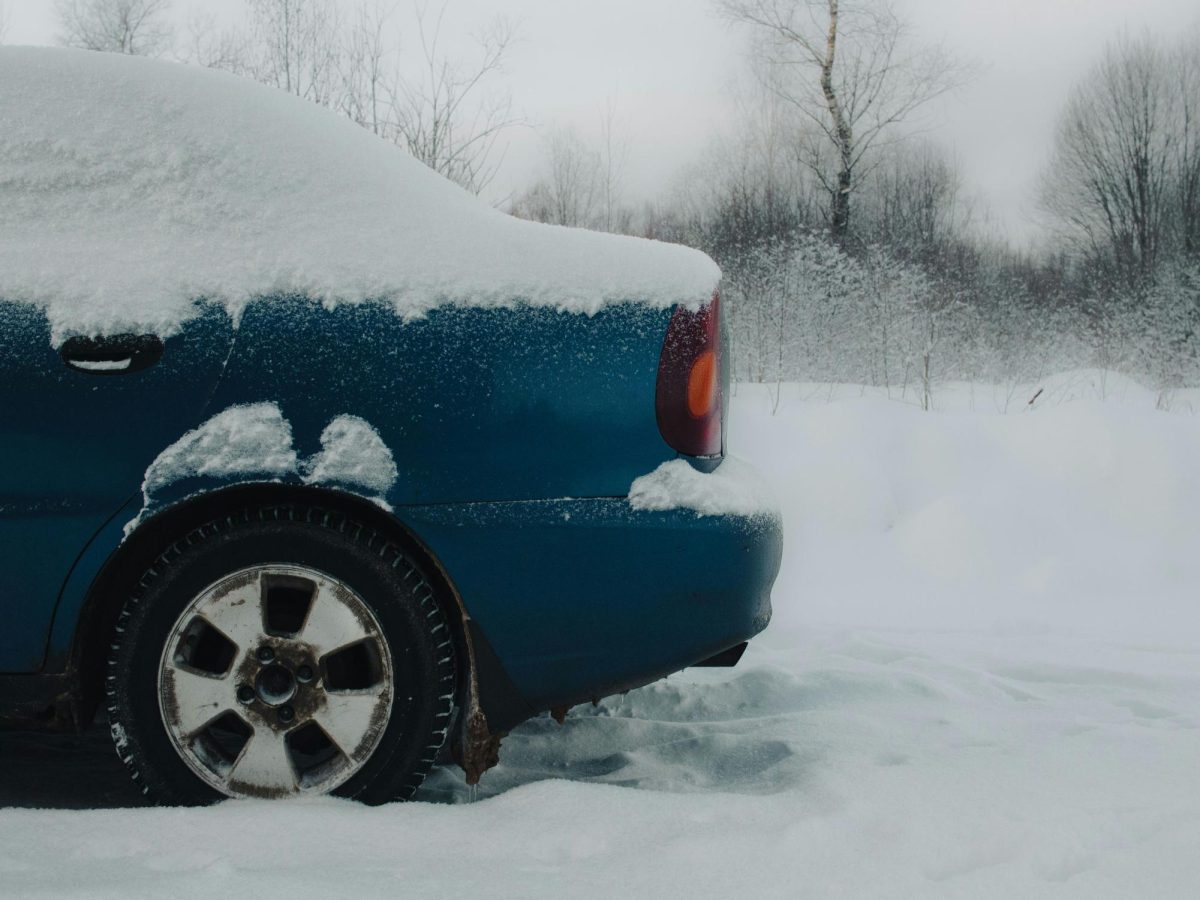This story was originally published on Nov 3, 2015.
Commuting in the winter is harrowing enough without the added worry of “Will my car break down?”
Because of this, Director of the Automotive Technology and Electronics department Jerry Viola has offered 10 very simple things that any car owner can do to help ensure safety on the roads.
First, lift the hood and check these 5 fluids:
Brake Fluid:
• Condition: is it clean?
• Level: if it is low, this is an indication that you need new brakes
Engine Oil:
• Before you start the vehicle, pull out the dipstick. The oil should sit between the hashmarks.
“The best oil for any car? Clean oil,” Viola said with a smile. “The thing that kills an engine more than anything is dirt. You can get 300,000 miles [on a vehicle] by just changing the oil.”
Another thing to note about oil is that it is very specific. You should always check the owner’s manual before purchasing oil to ensure you are using the correct one.
Transmission Fluid:
• The vehicle should be idling, warmed up, and on a level surface. The fluid should register between the hashmarks on the dipstick.
Cooling System:
• This one is easier to check. Most cars have a visible reservoir marked with a min/max line so, no dipstick required. If your coolant level is low, the system cannot properly heat your car. This equates to a bad situation when the temperature starts to plummet.
Windshield Washer Fluid:
• Nobody wants to discover they are out of washer fluid while commuting on I-25. It’s best to get into the habit of checking ahead of time.
Aside from regular maintenance of fluids, Viola recommends a few other target areas that deserve attention before the road conditions are less than ideal.
Tires:
• Tire pressure is one of the most important and neglected areas which is a shame because literally anyone can check to see whether a tire has the proper amount of air. You can purchase a tire gauge to do this. The proper tire pressure for your vehicle is listed on the tire itself or on the manufacturer’s sticker that is located in the door frame.
• Treadwear: this should be checked before winter. Look for thinning, balding, or abnormal wear and replace as needed. This is also a great time of year to have the tires rotated and, if needed, have your wheels aligned.
Wiper Blades:
• These often get eroded in the intense Colorado sun, but it usually goes unnoticed until the wipers are needed. Just as with the washer fluid, check these early and you won’t get stuck without them.
Battery:
• Make sure the connectors are free of any corrosion.
• Have the battery tested at an auto parts store to determine if it needs recharging or replacing before you get stranded in Lot A on a freezing day.
Lights:
• With some assistance, ensure that all lights are in working order:
-
- High/low beams
- Front and rear turn signals
- Reverse lights, brake lights
- Tag light
Spare Tire:
• Have one.
• Know where it is and how to change it safely.
Viola recommends that every driver dedicate a few minutes each week to look over these items and thoroughly check his/her vehicle.
“If you put 5-8 minutes aside every Saturday morning checking off this list, you will go through winter with virtually no problem,” Viola said.










